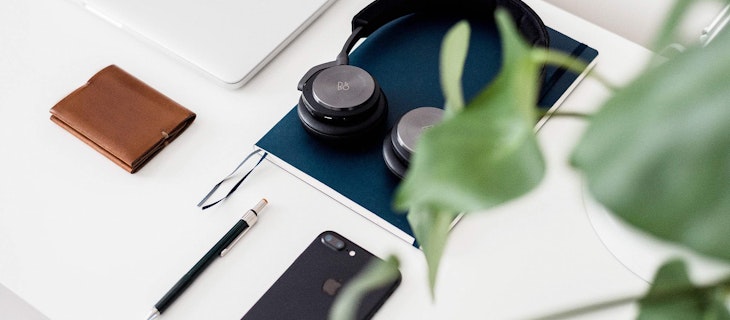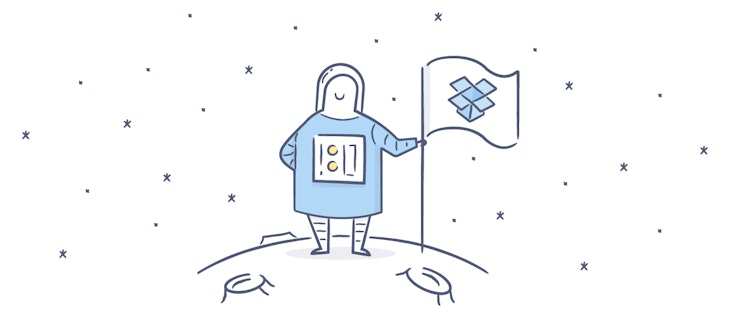
Office minimalism: it’s time to declutter
Whether physical or digital, clutter isn’t doing us any favours. A study by The Australia Institute found that clutter causes anxiety, guilt and depression in 4 out of 10 of us. It can be just as debilitating in the workplace too, creating a blockage in productivity. How can we (and why should we) fight it?
Visual noise
A study by the Princeton Neuroscience Institute found that when we have a larger amount of visual stimulus, like a messy desk or office, it creates competition for our attention. Whether we’re conscious of it or not, our brains are trying to make sense of all that visual ‘noise’, which leaves less space for filtering information, switching between tasks, and maintaining focus.

Clutter can be digital, too
Those of you with neater desks probably have digital technology to thank. Who needs the hard copy when you have it stored on your hard drive? But with all of our devices and accounts, it can still get incredibly messy. Without some kind of logical system, it’s as hard to find what you need on your company’s servers as it is to find in a stack of paper on your desk. And that leads back to lost time, frustration, and distraction from what you were trying to do in the first place.
Here’s some reliable strategies to help combat the clutter:
1. Only touch tasks once
This applies to routine tasks, uncomplicated emails, and hard copies alike. If you’re looking at it, deal with it straight away. File it, finish it, delegate it, or discard it. This makes you more productive, and also keeps the small things from piling up and adding to the clutter.
2. Shut down smarter
Take 15 minutes at the end of the day to tidy up, organise your space, and make a list of what needs to be done tomorrow. You’ll be more prepared in the morning, and it’s also a good method to detach from work and clear your brain.
3. Deal with your inbox
Though it may take some initial thought and setup, decluttering your inbox will save you in the long run. Got 137 unread emails? Check out how your email software can help you manage in the future—some let you to mark emails for follow-up, send specified emails directly to an appropriate folder, or delete older emails automatically. And make it a habit to immediately delete an email that doesn’t need a response or isn’t relevant to you.
4. Get rid of things you don’t use
Take a look around. Is everything in your space necessary? What about the bookshelf that holds those ancient magazines and outdated marketing materials? The box of files that was here when you started? If you haven’t used it in the last six months, find a new home for it or better yet, get rid of it.
5. Get a filing system
Store paper documents inside a filing cabinet or drawer, rather than where you can see them. Remember that not everything is worth saving. If you have a digital copy, do you really need a hard copy as well? And don’t let your filing cabinet become a graveyard—do a quarterly cleanse and recycle anything non-essential. Remember the 5S system we spoke about ? Applying this to your desk is a great start.
If your team shares server space, become an advocate for a logical filing system so that it’s clear where the important files are stored and what they should be named.
6. Clear your desk(top)
If you’ve got documents, folders, and shortcuts scattered all over your desktop, plus printouts, post-its, and lunch on your actual desk, that visual clutter is slowing you down. Knowing you have a system for filing and stowing all your important information will be a weight off your mind.
Clutter can easily become a habit in a busy work environment, but, with a little focus, so can organisation. Take the time to really see your spaces, both digital and physical, and think about where you can declutter to create the greatest boost on your efficiency—and your mood.


